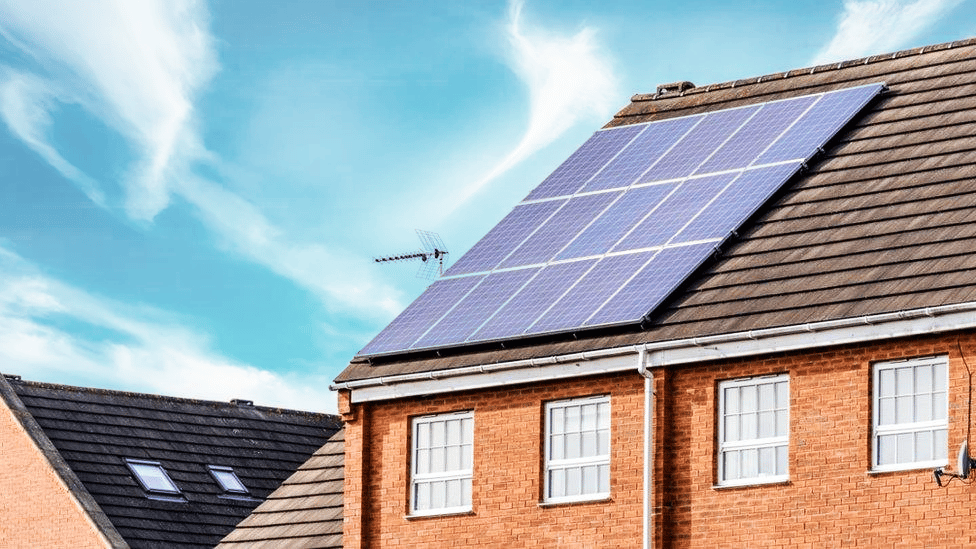Lower Business Energy Costs: Practical Tips for Summer Savings

Introduction
As energy prices continue to put pressure on businesses, the summer months present a perfect opportunity to make impactful changes. Reducing your carbon emissions not only helps the planet—it also cuts overheads, improves your brand image, and boosts your bottom line.
This guide outlines smart, effective strategies to reduce your business's carbon footprint and cut energy bills during the warmer season.
1. Embrace Energy-Efficient Cooling
Air conditioning and cooling systems can account for a significant chunk of summer energy use. Here’s how to reduce that:
- Upgrade to Energy-Efficient HVAC Systems
- Modern units use 30–50% less energy than older models. Look for systems with high SEER ratings (Seasonal Energy Efficiency Ratio).
- Use Smart Thermostats
- Smart controls allow you to set precise schedules, monitor usage, and avoid overcooling. A few degrees higher on your thermostat can save 5–10% on cooling costs.
- Maintain Equipment
- Clogged filters or dirty coils force systems to work harder. Regular servicing improves efficiency and lifespan.
2. Optimise Lighting for Longer Days
Take advantage of natural daylight:
- Install daylight sensors and occupancy sensors in common areas.
- Switch to LED lighting, which uses up to 80% less energy and emits less heat—lowering cooling needs.
- Rearrange workspaces to maximise window light and reduce artificial lighting during peak hours.
3. Invest in Renewable Energy
Solar Power
Summer brings longer daylight hours—making this the ideal time to install or maximise solar PV systems. Commercial solar panels can:
- Cut electricity costs by 30–50%
- Provide long-term energy security
- Reduce grid dependency
Government incentives, such as capital allowances, make solar investment even more attractive.
4. Implement Smart Energy Management Systems (EMS)
A commercial EMS gives real-time insight into your energy use, helping you identify waste and take immediate action.
Benefits include:
- Automated energy usage reports
- Real-time alerts for energy spikes
- Improved operational efficiency
5. Encourage Sustainable Employee Practices
Get your team involved:
- Promote turning off unused equipment
- Encourage carpooling or cycling to work
- Offer flexible schedules to avoid peak cooling hours
A more sustainable workplace culture not only saves energy but also boosts employee morale and retention.
6. Monitor, Measure, and Improve
Use tools like smart meters or sub-metering to track where energy is going. Set goals, measure progress, and continuously improve.
Key metrics to track:
- kWh per square foot
- Carbon emissions per employee
- Peak usage times
7. Offset What You Can’t Eliminate
While the goal is to reduce emissions at the source, carbon offsetting can help your business move closer to net zero. Options include:
- Investing in verified offset projects
- Supporting reforestation or renewable energy initiatives
Conclusion: A Win-Win for Business and the Planet
Reducing carbon emissions and cutting energy costs isn’t just good for the environment—it’s a smart business decision. With energy prices high and public demand for sustainability growing, taking action this summer can set your business apart.
Start with small steps—like upgrading lighting or optimising HVAC systems—and scale from there. The savings (and emissions reductions) will follow.
